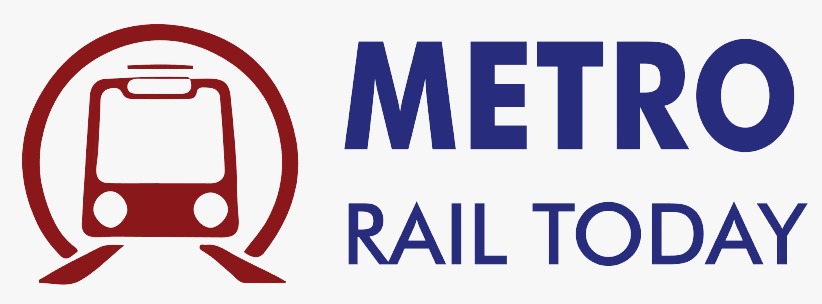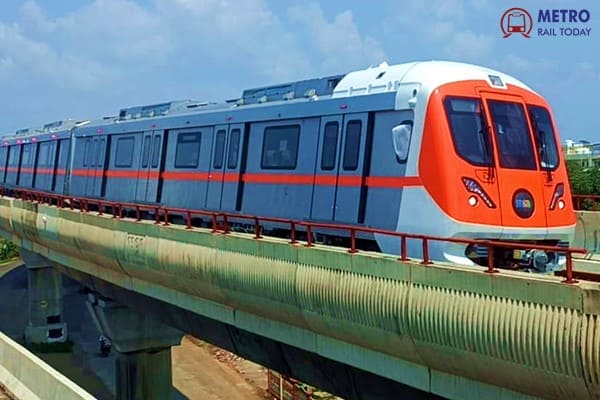 CMRS concludes 3-Day Safety Inspection of Bhopal Metro Priority Corridor
CMRS concludes 3-Day Safety Inspection of Bhopal Metro Priority Corridor Ho Chi Minh City to invest USD19.67 billion to develop 232 km of Urban Railways by 2030
Ho Chi Minh City to invest USD19.67 billion to develop 232 km of Urban Railways by 2030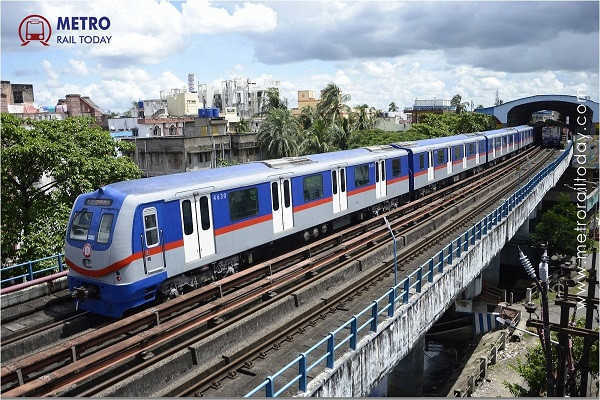 Kolkata Metro Blue Line to receive AI-Powered Security upgrade by March 2026
Kolkata Metro Blue Line to receive AI-Powered Security upgrade by March 2026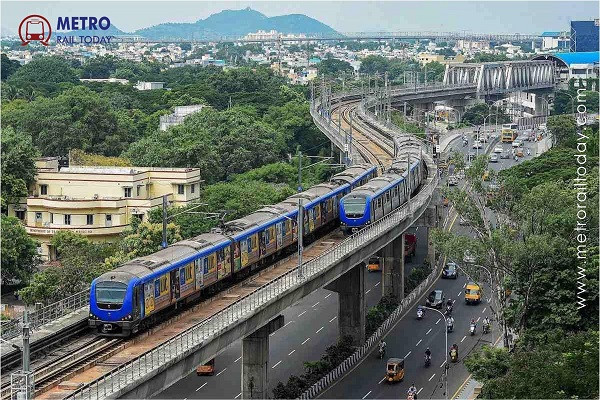 Central Govt returns Coimbatore and Madurai Metro proposals, Citing low population in cities
Central Govt returns Coimbatore and Madurai Metro proposals, Citing low population in cities SNTP Technologies: India's Largest Rebar Coupler Maker Setting New National Standards
SNTP Technologies: India's Largest Rebar Coupler Maker Setting New National Standards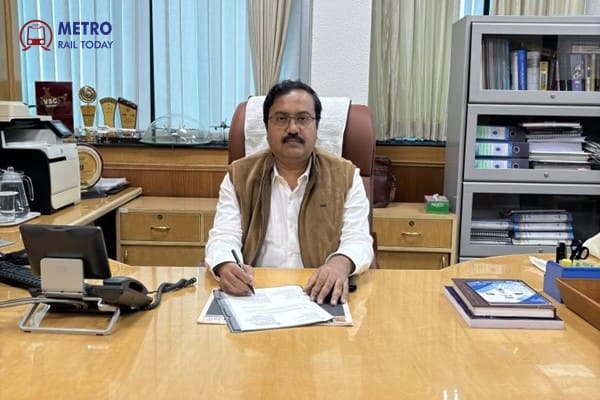 Nilabhra Sengupta appointed as new Commissioner of Metro Railway Safety (CMRS)
Nilabhra Sengupta appointed as new Commissioner of Metro Railway Safety (CMRS) Maharashtra approves India’s First Pod Taxi connecting Thane, Navi Mumbai & Mira-Bhayandar
Maharashtra approves India’s First Pod Taxi connecting Thane, Navi Mumbai & Mira-Bhayandar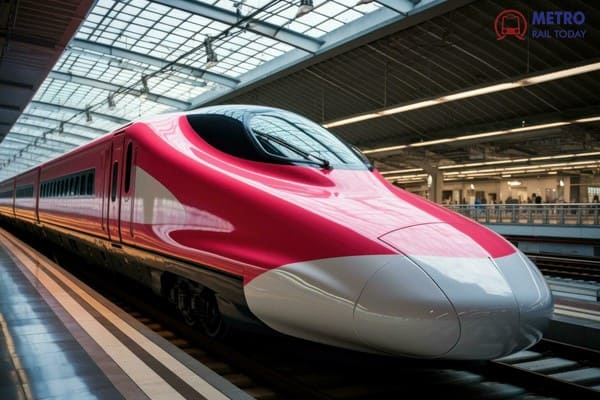 PM Narendra Modi reviews progress of Mumbai–Ahmedabad Bullet Train Project in Surat
PM Narendra Modi reviews progress of Mumbai–Ahmedabad Bullet Train Project in Surat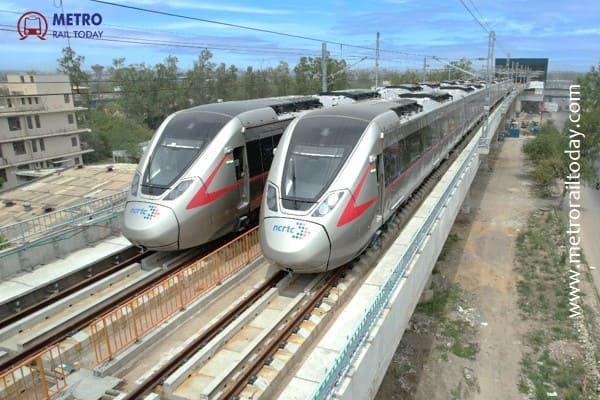 Public Investment Board approves two new RRTS corridors worth ₹65,000 crore
Public Investment Board approves two new RRTS corridors worth ₹65,000 crore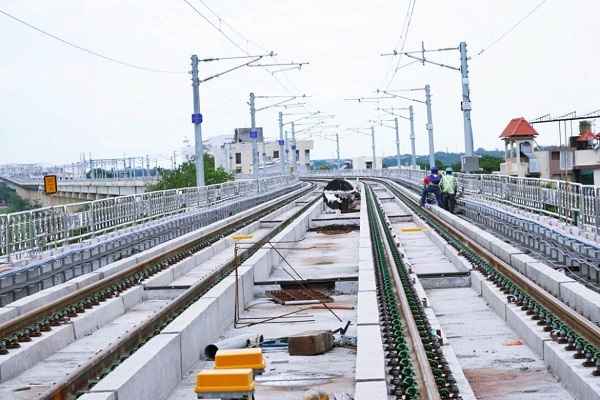 Texmaco Rail bags Track Work Contract for three key corridors of Delhi Metro Rail Project
Texmaco Rail bags Track Work Contract for three key corridors of Delhi Metro Rail Project
Kolkata Metro Blue Line to receive AI-Powered Security upgrade by March 2026

Kolkata, India (Metro Rail Today): The Kolkata Metro is gearing up for one of its most significant technological upgrades yet, with the Blue Line set to receive a new AI-enabled, IP-based CCTV surveillance system by March 2026, officials confirmed. The ₹25.34 crore project aims to transform passenger safety through real-time threat detection, automated alerts and advanced analytics.
The upgrade will introduce 1,678 high-resolution CCTV cameras, replacing old station-level setups with an integrated, centralised monitoring system capable of raising instant alerts for unattended baggage, perimeter breaches or abnormal crowd movement.
“This is a shift from reactive monitoring to intelligence-led security,” said Rajasekhar Papolu, Managing Director of Brihaspathi Technologies Ltd, the firm executing the project for the Blue Line. “The moment the AI engine detects anything unusual, it sends automatic alerts to trained operators for immediate action.”
Transforming India’s Oldest Metro Corridor
Part of the Blue Line — connecting New Garia to Dakshineshwar — is the oldest operational metro corridor in the country, inaugurated on October 24, 1984. The upcoming upgrade marks one of eastern India’s most comprehensive surveillance modernisation efforts.
“We’re not merely replacing cameras; we are redefining how the Metro sees, analyses and responds to its environment,” Papolu said. “This platform empowers the system with real-time analytics, automated incident response and enhanced situational awareness.”
The new surveillance architecture will incorporate:
-
AI-driven analytics for crowd flow mapping
-
Heat maps to identify congestion zones
-
Platform dwell-time analysis for operational optimisation
-
Facial recognition capabilities integrated with central servers
-
240 TB of centralised storage at Metro Bhawan with 30-day data retention
Out of the 1,678 cameras, 1,625 units will be deployed across Blue Line stations and 53 units at RPF facilities. The fleet will include Full HD and 4K UHD cameras for maximum clarity.
Project on Track for March 2026 Completion
Papolu confirmed that the project is progressing on schedule. “We have nine months from the Letter of Acceptance issued on June 19, 2025. The March deadline is absolutely achievable. Everything from fibre cabling to control-room display infrastructure is being executed in alignment with commissioning timelines.”
A senior Kolkata Metro official, while declining to share specifics, said the corporation is committed to providing a secure, seamless travel experience. “Passenger safety is central to our operations, and surveillance upgrades form a key part of that mission,” he said.
Brihaspathi Technologies has previously deployed surveillance solutions for Hyderabad’s Smart City Mission, BSF border security, and several State Election Commissions, in addition to metro rail networks across India.
“Modern transit systems cannot depend on manual monitoring. With AI-led alerts, authorities can now respond before a situation escalates,” Papolu noted. “This is about making public transport safer and building trust. Technology is most effective when it works seamlessly in the background — and that’s exactly what we’ve designed.”
